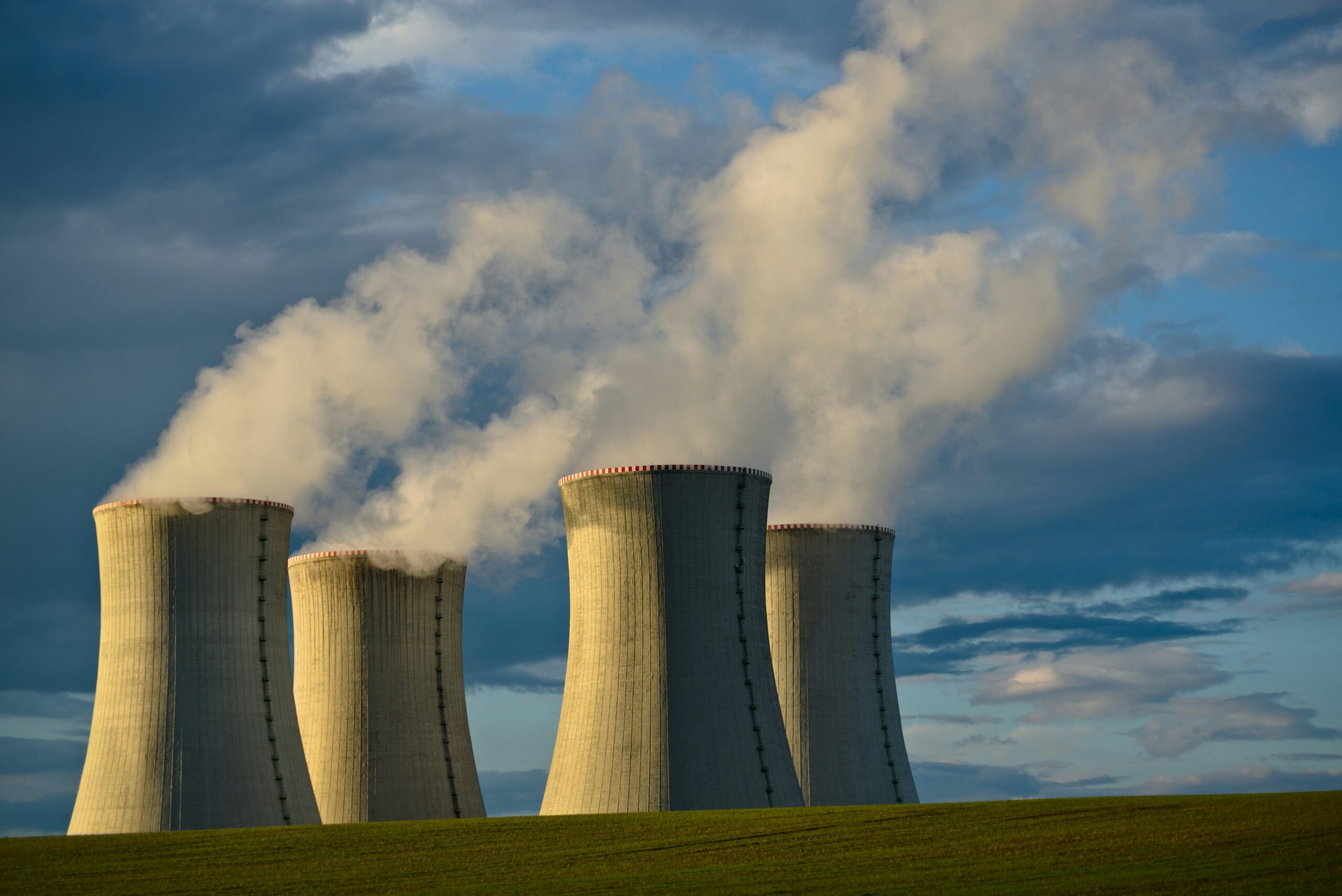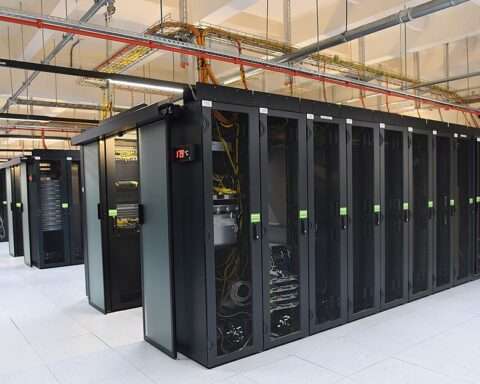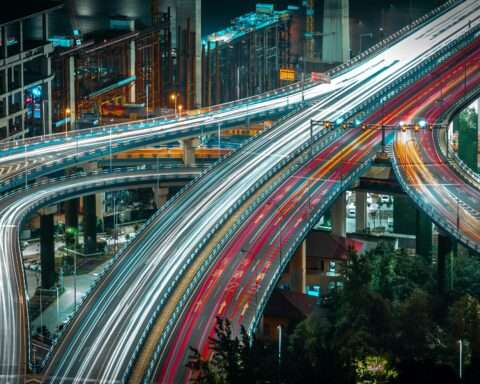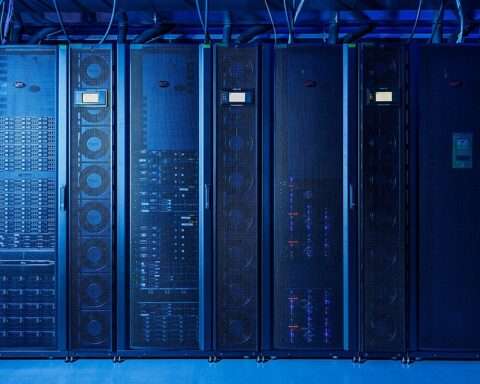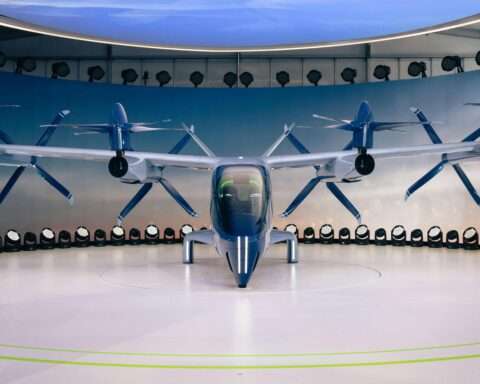The nuclear power sector is heating up thanks to investments from large technology companies. Within a single month, Amazon, Google and Microsoft each unveiled nuclear power agreements that will serve their growing data centers while adding carbon-free electricity to the broader power grid.
Together, these deals represent more than 1,600 megawatts of new nuclear energy capacity—enough to power roughly 1.5 million American homes. The agreements span different nuclear technologies, from restarting existing reactors to deploying next-generation small modular reactors (SMRs).
The investments come alongside the rapid development of artificial intelligence that has dramatically increased tech companies’ energy demands. Training a single large language model can consume as much electricity as 100 U.S. homes use in a year.
RELATED: DOE announces $900 million funding opportunity to deploy new generation of nuclear reactors
With AI development accelerating and data centers multiplying, tech companies are scrambling to secure reliable power sources that can grow with their needs. Moreover, these companies want clean energy to meet corporate environmental targets.
While the new energy demand presents a challenge for sustainability, the surge of corporate investment could help revive America’s nuclear energy sector at a crucial moment in the fight against climate change. Nuclear power plants have generated about 20% of U.S. electricity since the 1990s, but many have been closing due to economic pressures and backlash from local communities.
The tech industry’s deep pockets and long-term power commitments could change that equation, providing the financial stability needed to build new reactors and keep existing ones running and providing zero-emissions power to the grid at all hours of the day.
Microsoft is making the largest single commitment, partnering with Constellation Energy to restart Three Mile Island Unit 1 under a new name – the Crane Clean Energy Center. The 20-year power purchase agreement will restore 835 megawatts of carbon-free generation to the grid when the plant restarts in 2028. The project is expected to create 3,400 jobs and generate more than $3 billion in state and federal taxes over its lifetime.
Google’s agreement with Kairos Power marks another milestone as the first corporate deal to purchase power from multiple SMRs. The partnership will deliver up to 500 megawatts using innovative molten-salt reactor technology, which operates at lower pressures than traditional reactors and includes passive safety features. The first reactor is scheduled to come online in 2030, with additional units planned through 2035.
Amazon is pursuing a strategy focusing on SMR development across multiple regions. In Washington state, the company partnered with Energy Northwest to build four advanced reactors, starting with 320 megawatts and potentially expanding to 960 megawatts. Additional agreements with X-energy and Dominion Energy will bring at least 300 megawatts of new nuclear power to Virginia, where power demands are projected to surge 85% over the next 15 years.
Most of these projects won’t deliver power until the end of the decade. The Crane Clean Energy Center is expected online in 2028, pending regulatory approvals to restart the facility and extend its operating license through 2054. Kairos Power and other SMR developers must still complete demonstration reactors and secure final permits before beginning commercial operations around 2030.
Big tech is not the only recent source of investment in nuclear power. In September, the U.S. Department of Energy took a historic step by providing a $1.52 billion loan guarantee to restart the Palisades Nuclear Plant in Michigan. The 800-megawatt facility, which closed in 2022, could become the first recommissioned nuclear plant in U.S. history when it returns to service.
The project promises to create 600 permanent jobs and avoid 4.47 million tonnes of CO2 emissions annually – equivalent to taking nearly a million gas-powered cars off the road. Holtec, the plant’s owner, also plans to add two small modular reactors to the site, potentially contributing another 600 megawatts of carbon-free power to the region’s grid.
Photo by Lukáš Lehotský on Unsplash



